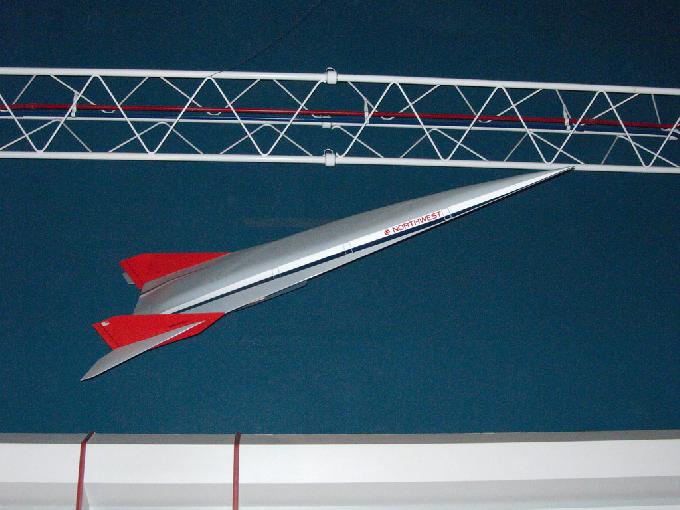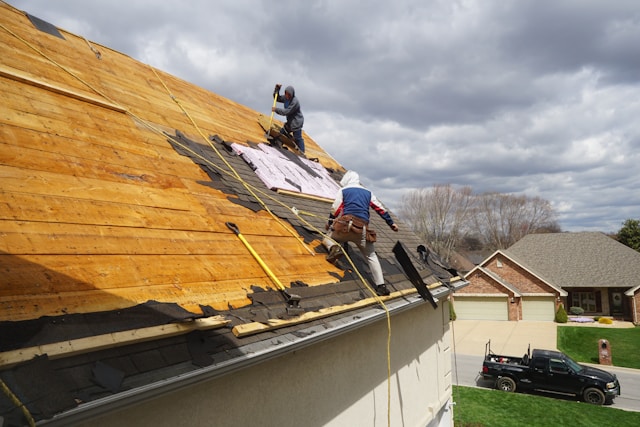The Boeing X-51 also known as WaveRider is a “scramjet” or a supersonic combustion “ramjet” in which combustion takes place in supersonic airflow. In a ramjet, the most basic type of jet engine, air is decelerated to subsonic speed (less than 768 mph) before combustion takes place; in a scramjet combustion is supersonic throughout the entire engine.
The scramjet can operate at theoretically extremely high speeds of between Mach 12 and Mach 24 or between 9,100 mph to 15,000 mph. The fastest aircraft to date, the NASA X-43A, is a scramjet design which reached Mach 9.6 (7,300 mph). The SR-71 Blackbird has reached Mach 3.2 (2,100 mph)
Flying the WaveRider is anything but easy. First, the WaveRider must be attached to the underside of a B52 bomber and dropped from a height of 50,000 feet. After falling for 4 seconds the WaveRider’s booster engine fires for 30 seconds taking it to Mach 4.5 (3,425 mph). The booster engine then falls away. At this point the WaveRider is traveling fast enough to allow “scramjets” to operate. Scramjets are ignited accelerating the vehicle to Mach 6 (4,000 mph) and while climbing to 70,000 feet. After 5 minutes the craft falls to the Earth and breaks up in the ocean.
A normal fuel engine carries both fuel and oxygen needed to provide acceleration. A scramjet is an air breathing aircraft and carries only hydrogen fuel to and pulls oxygen from the atmosphere needed to burn the fuel.
The design of the plane allows air to be forced into the front of the engine while hydrogen is injected into the air stream. The gases are compressed causing the temperature to rise and ignition to occur resulting in a huge amount of thrust enabling the jet to travel at speeds in excess of the Concorde.
T he technology is far from perfected. A recent attempt to launch a hypersonic flight using the X-51 failed when rising heat cause the craft’s surface to peel.
It currently takes a Boeing 747 seven to eight hours to travel from New York to London. A Concorde took 3 hours. The WaveRider would take only 1 hour. In the long history of aviation there have been many trials, failures and disasters but these are usually just a footnote to history as engineers continually strive and succeed in overcoming technical challenges.







